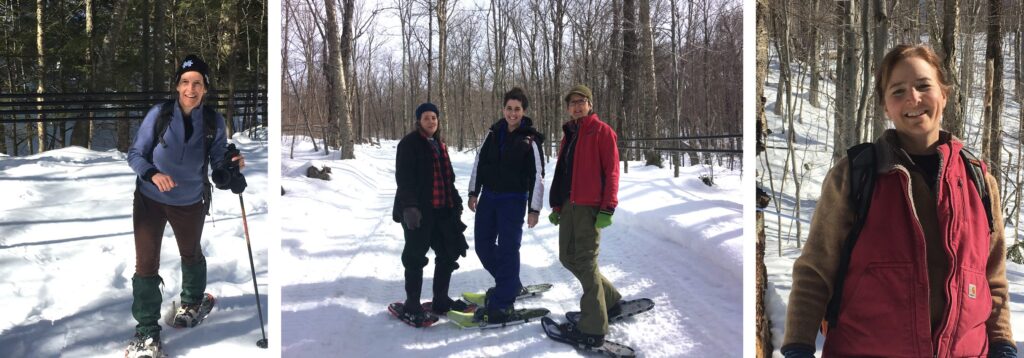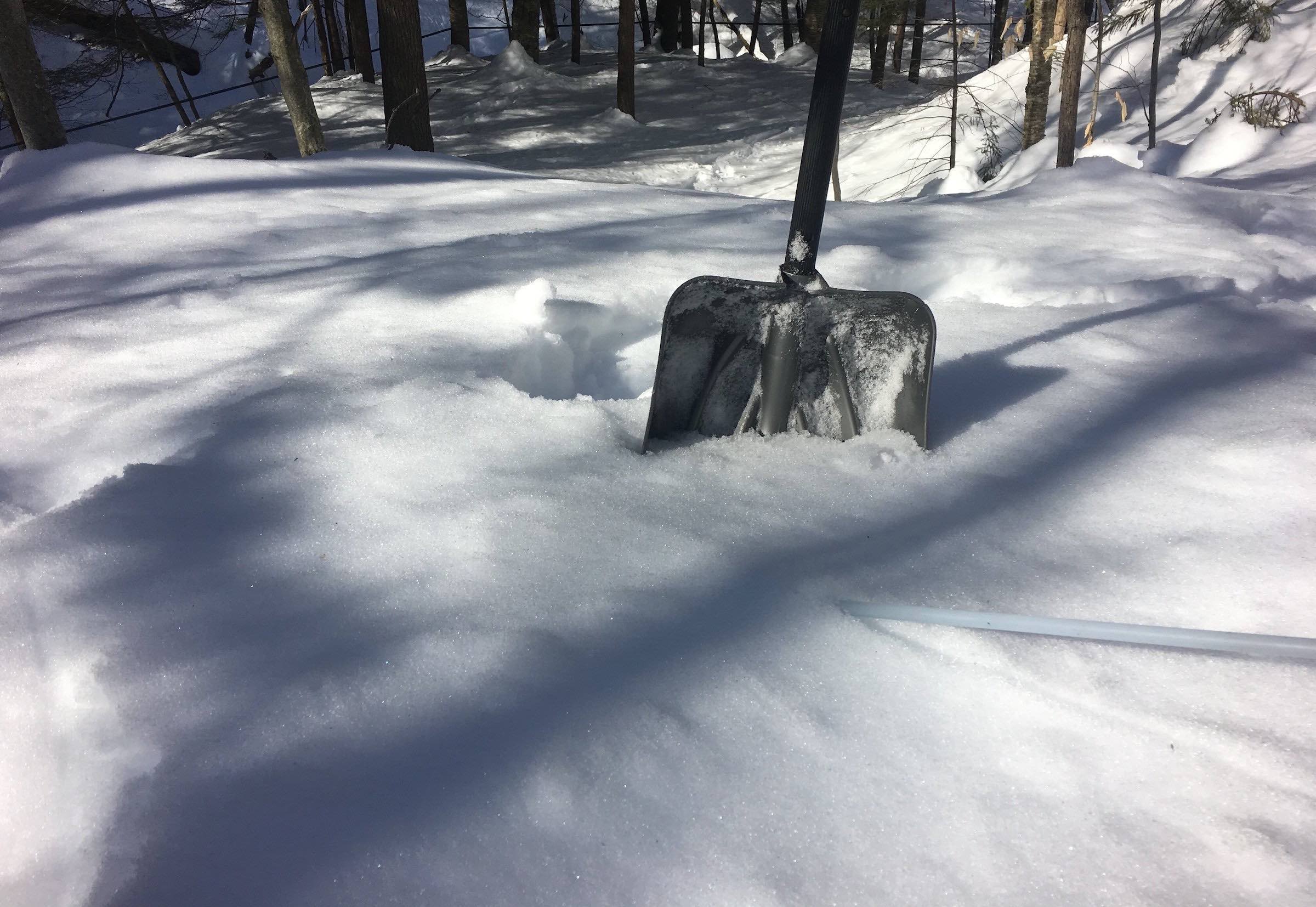Tales from the Sugarbush: Winter 2018
What happens when you have to tap 80,000 trees, twice? This is what we mean when we talk about “drama” in the sugarbush.
While we do our best to be prepared for every variable that the woods and weather may throw at us, there are some things we have no control over. In such a case, we have no choice but to step up and deal with it since our season is so short. Take for example the winter of 2018 when four feet of snow sent us into a tailspin. It wasn’t that we couldn’t handle a big storm, it was because the next day the temps rose dramatically which started the sap running and resulted in absolute mayhem in the woods.
To set the scene, let me refresh the reader how we harvest sap. Our maples have a tap set in them that is connected to a vast tubing system that runs throughout the forest and down to the sugarhouse. When the temperatures rise above freezing, the sap starts to flow out of the tap along with gasses (CO2) from the tree. If all goes as intended, the vacuum system pulls the sap down the lines and the gasses are separated out and released. The tubing is generally about five feet off the ground in most places and is pulled as taut as possible, but some sagging is always present. In 2018, there were over 600 miles of tubing and about 80,000 taps in the Cambridge sugarbush.
During this particular winter, we had already had a decent amount of snow on the ground but in mid-March we got walloped with a storm that brought in so much more that it buried many sections of the tubing. This would have been manageable if we had time to pull it out but the next day the temperature shot up and the sap started to flow. In all the areas where the tubing was below the snow, the sap flowed in and froze. Sap and gasses continued to come out of the trees but were blocked by the frozen sections and when the pressure built up, the tubing started popping off of the taps. To make the situation worse, the warm temps caused the snow to get heavy and sink, pulling more tubing down with it.

Through pressure gauges placed throughout the forest, we could see we were losing vacuum fast which meant sap was running onto the ground everywhere. Keep in mind that we make an entire year’s crop in roughly six weeks so every day counts. We knew we had to pull those lines out of the snow and get the tubing back on the taps as quickly as possible.
At the time, our entire company was still working out of the sugarhouse in Cambridge (before we upgraded our office staff, production, and shipping to our plant in Fairfax). Our sales team, shipping department, and labeling crew were on site so we explained the dire situation and asked could they please, please help us go out into the sugarbush and check 80,000 trees with the woods crew. We scrounged extra snowshoes and gear and they all gamely headed out into the deep drifts. (Our definition of a “snow day” is different from most.) For the next several days, men and women of all ages, skills, and backgrounds walked every single line, pulling the tubing out from the snow and reattaching it to the taps in the trees. We even recruited a few neighbors to help. Not only did we get the entire network fixed but a new appreciation of how strenuous woods work is was gained by all.
We are often asked where the name for our company came from so hopefully this story sheds some light; when your business is reliant on weather, there is always an undercurrent of chaos. Some years it isn’t weather but equipment. There was the year where 6,500 gallons of sap was pouring in per hour and critical equipment broke down. That’s a story for a different time. This year the weather is wonky, which is the new norm. It has been much warmer than usual, save for two days at -24F, but so far no epic snowstorms. The drama has not yet visited in 2023, but we are not complacent – it’s only February.


